Technology will save the European soldier?
The implementation of a number of soldier modernization programs in Europe is evidence of a growing awareness that the definition of “soldier” requires reevaluation, as it must meet the needs of a future complex operational space.
The main thing in the modernization of the soldier is to ensure reliable interaction and exchange of information. Providing flexible open architecture and seamless and seamless communications has recently been one of the top priorities of countries such as Poland and Spain, and this remains a high priority for ongoing soldier modernization programs in France, Germany, the Netherlands and Belgium.
When using combat information-driven systems (CIUS) with open architecture, soldiers are at the center of a huge amount of information. In addition to the virtual sphere of modular, automatically configurable systems and the capacity of communication channels in many research projects of the European Defense Agency, the emphasis is on redefining and re-evaluating a soldier in the physical world. Ongoing research on signature management technology (TSS) is aimed at creating smart materials that will allow a future European soldier to trick advanced systems for detecting electromagnetic signals.
However, Estonia remains indifferent to all these new-fangled little things offered to the modern soldier. By signing a new rifle contract in July 2019, this country reminded Europe that hostilities are the foundation of the modern operational space.
Basic principles
The growing popularity of the automatically configured open architecture, which is based on secure, ready-to-go computers and tablets, is just one example of how the concept of a future soldier is developing in Europe, based on functional flexibility and speed of information processing.
The Spain Soldier Modernization Program, known as the SISCAP (Spanish Foot-Soldier System), is in the readiness assessment phase, after which factory trials are planned. This became possible after a critical analysis of the project at the end of 2019.
In the framework of the SISCAP program, the Spanish company GMV (general contractor of the project) presented its new military standard computer at the FEINDEF 2019 exhibition in Madrid. According to the company, this technology reflects its intention to focus on developing communications solutions with a higher level of integration for dismounted soldiers, as well as updating fire guidance and fire control systems.
GMV’s smart LGB-11 system integrates a soldier’s control computer, power distribution, power management and hardware acceleration functions, which allows the integration of optoelectronics, cameras, and helmet displays in low weight and power configurations. This system is based on previous work by GMV as part of the ComFut (Future Soldier) program that preceded SISCAP, as well as other in-house research and development.
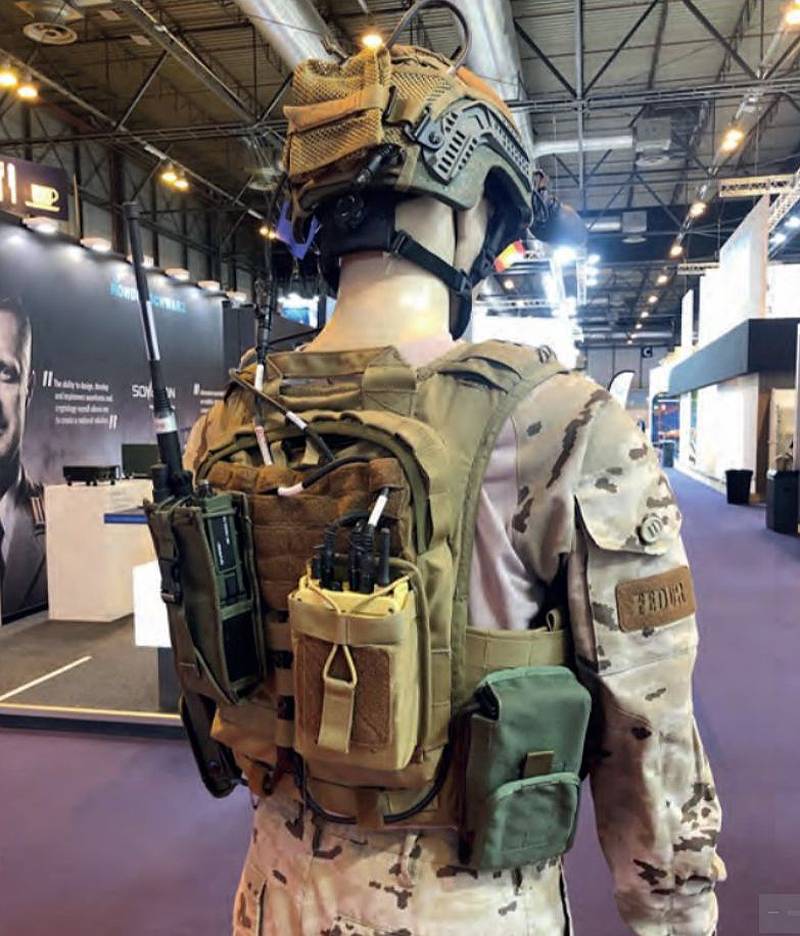
Another component currently selected for the SISCAP program is the Bren-Tronics SMP batteries, which are also used in the German IdZ-ES program (infantryman of the future), as well as the Harris radio station. The first prototypes of SISCAP equipment (including a soldier's computer, handheld control unit, and armament control unit) were delivered in early 2020.
In France, interest in open architecture is also growing, not least due to the FELIN soldier equipment program (integrated communications and infantry equipment), which has been continuously updated since its commissioning in 2011.
Safran Electronics & Defense, its main contractor, is currently developing the latest version of FELIN. According to a Safran spokesman, V1.4 should bring the system in line with "the demands of the digital age and the increased informatization of the French army's Scorpion modernization program" in order to reduce the cognitive load on the soldier.
He said that integration and communications determine the qualities of version V1.4.
FELIN V1.4 also focuses on optimizing the mobility of a soldier. The weight of the electronic system has been significantly reduced, according to Safran, by 50%. The system uses local wireless technology Bluetooth technology, in addition, it includes a modular vest with soft bulletproof protection and metal plates for simplified adaptation to the needs of a combat mission.
In addition, new joint functions appeared in version V1.4, for example, tracking their forces, as well as other specialized systems that connect to a battle group through human-machine interfaces adapted for emergency combat. A smart computer is also integrated in the new system along with digital communications, networks and voice interfaces in order to ensure close interaction between dismounted and mechanized units.
Continental connection
Meanwhile, the German IdZ-ES program also basically has an open architecture and maximum communication capabilities. Work on a project aimed at digitalizing all ground operations under the Neeg 4.0 initiative continued in 2018-2019, as a result of which the German Ministry of Defense ordered an additional batch of IdZ-ES kits to equip more than 3500 troops of all three types of German armed forces .
The Gladius 2.0 system is being produced for the German soldier modernization project by Rheinmetall, and it was also shown at IDEX 2019, as the manufacturer aims to promote new equipment in the Gulf countries. The system can be expanded or reduced in order to better match the various operations and tasks of the infantry, which is possible due to its open architecture, that is, the necessary components can be added on a modular basis depending on the task of the soldier.
In addition to Gladius 2.0, Rheinmetall participates in the European project GOSSRA (Generic Open Soldier Systems Reference Architecture). This project, under the auspices of the European Defense Agency, explores ways to improve the communication capabilities of the future European soldier.
In the current project, the standardization of everything is studied, from electronics, data and voice messages and software to human-machine interfaces, sensors and actuators. The ultimate goal of the GOSSRA program is to formulate a framework for standardization and achieve technical suitability, as well as the adoption of this decision by most European countries.
The GOSSRA project can improve its status and become more significant if the region continues to create a united European army that can exchange information through a shared architecture, thereby potentially gaining enormous advantages in coordinating actions against any enemy.
The military of many countries is studying how infantry units communicate with each other in order to develop measures to counter the threat of electronic war. This is especially true for Europe, as concerns about Russia's capabilities are growing, especially regarding jamming in the VHF, GPS, 3G and 4G bands.
Many military men choose programmable radio stations in order to ensure safe communication on the battlefield, which allows the introduction of broadband and narrowband communication protocols, as well as the corresponding implementation of modernization programs and updating radio stations.
Poland hopes that its military will heed the tendency to use modern communications systems. In September 2019, the Polish Ministry of Defense announced the preparations for the next phase of its Tytan Individual Warfare System program, which will evaluate portable radio stations.
A spokesman for WB Electronics said that they are preparing to supply the DoD with dozens of systems and a wider range of supporting products before the assessment process. Each system will include a programmable radio station, an end-user device, and a central processor with combat control software.
In this concept, the role of a programmable radio station is played by an updated version of Personal Radio P-RAD 4010, which, in order to ensure the security of data transmission, has undergone several technological improvements in accordance with the requirements of the Ministry. The P-RAD 4010 radio station, capable of operating in the range from 390 to 1550 MHz, has a communication range of up to 4 km, depending on the type of terrain.
A GPS and antenna are built into the radio to increase the reliability of tracking your forces. It supports many commercial devices, for example, secure tablets and laptops for radio monitoring, as well as visualization via USB or Ethernet.
Scalability is also a hallmark of the Tytan system. Soon, the base trimmed version of the Mini-Tytan will come into service, developed based on the experience of the Polish contingent in Afghanistan and other theaters of war.
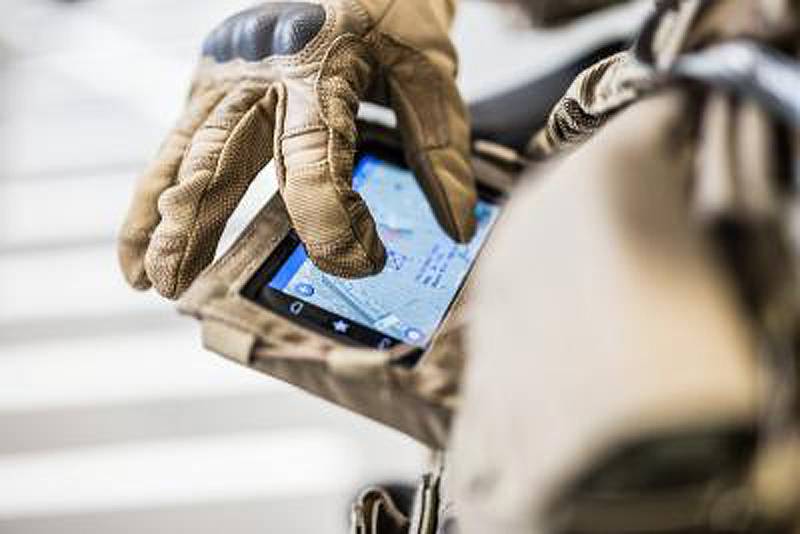
Invisible Costumes
In addition to ensuring a high level of interaction, significant research is being carried out in the field of soldier's equipment. In Russia, for example, they are included in the development of the exoskeleton, carried out as part of the national program for the modernization of the soldier and the creation of combat equipment “Ratnik”.
In Europe, the emphasis was mostly on clever materials than on the concept of a “robot soldier,” since there is growing interest in TUS in response to the continuous development of weapons systems. At the Swedish Defense Research Institute, the FOI determined that recent developments in sensor technology and especially image recognition algorithms have contributed to an increase in the level of threat, which entailed a revision of the requirements for visibility reduction systems.
According to the representative of the Swedish Defense Research Agency, the technology of multispectral sensors is developing among non-state actors; more and more advanced optoelectronic systems, infrared and microwave sensors are found.
As part of its Future Soldier program, Austria is already releasing a variant of camouflage with reduced signatures for its soldiers, which was transferred to the Styrian mountain rifle battalion in March 2019. It is planned that in 2020 from 3000 to 4000 soldiers will receive a new set. The kit, known as Tarnanzug neu ("new camouflage"), was developed by experts from the Austrian armed forces and is made from smart materials. It offers protection against advanced detection tools using optoelectronic technology such as night vision goggles.
Camouflage can confuse devices operating in the military bands of the electromagnetic spectrum, for example, in the visible, infrared and radio ranges. In each of these ranges, detection works differently.
For example, to protect against devices operating in the visible and near infrared, it is very important to have characteristics such as spectrally selective reflectivity, low gloss and low polarization. In the case of protection from radio waves, coatings with either very high or very low reflectivity are desirable, since they can absorb radio waves. Therefore, the most effective defense system is one that can protect a soldier in all frequency ranges.
The Austrian Ministry of Defense has experimentally planned to study an interim solution in order to satisfy the needs of military advanced units, this primarily concerns individual defense and communications and operational control units. Since lagging behind other countries was marked in this area, the Austrian program could potentially incorporate all the best from the experience of European soldier modernization programs.
While promoting the Austrian camouflage project, the European Defense Agency is also studying TUS as part of its ACAMSII (Adaptive Camouflage for the Soldier II) project. The goal of the program led by the Swedish Institute is to develop several active and passive adaptation mechanisms in a soldier’s camouflage fabric system in order to prevent detection, prevent identification and make it difficult to use guided weapons. The goal is to improve the protection of the soldier and reduce signatures in response to the growing problems associated with the multispectral spectrum, and the research results should serve as a source of information for promising programs of soldier modernization.
In addition to the FOI Institute, the Portuguese companies Citeve and Darnel, the German research institute Fraunhofer IOSB, the Lithuanian FTMC, the TNO Institute from the Netherlands and the French Safran also participate in the ACAMSII project.
As for the FOI, the research entrusted to him was divided into two technological areas - static camouflage and dynamic camouflage; the second direction is more complex and, accordingly, less developed technologically. The institute said that the project is planned to be completed on April 30, 2021, and most of the results, no doubt, are expected in the second half of the project cycle.
After studying the current and future missions of the armed forces of the EU countries and the capabilities of sensors and devices of the electromagnetic spectrum, it is planned to disseminate the conclusions and conclusions of the ACAMSII project in the military, academic and industrial circles. The obtained research results will be used by national agencies for the procurement of military equipment and the armed forces.
Nowhere without lethality
Despite ongoing developments in the field of communications, smart materials and open architecture, the Estonian Ministry of Defense believes that the rifle remains the most important component in equipping a modern soldier. As a result, increasing the firing efficiency of soldiers is considered a priority in modernizing the Estonian army.
In July 2019, Estonia signed a contract with LMT Defense to supply a new standard rifle for the Estonian armed forces. The LMT MARS family includes AR15 and AR10 rifles, as well as 40mm grenade launchers. So, the rifles of the family were specially modified to the Estonian requirements by LMT Defense in conjunction with the local companies Milrem LCM and Visible Assets.
Features of the AR15 rifle chambered for 5,56x45 include a wireless shot counter and electronics that track movement weapons in warehouses and in weapons rooms. The rifle was light enough, the mass without cartridges is only 3,36 kg, its upper receiver is made of a single piece of stamped aircraft aluminum.
Although the contract value has not yet been confirmed, Estonia will purchase 16 thousand automatic rifles, as well as accessories for them, at the first stage. The first batch of rifles arrived in the country in early 2020, they will go into service with the reconnaissance battalion. Further weapons will be distributed between recruits and reservists of the 1st and 2nd infantry brigades and members of the voluntary defense league.
The United Kingdom, for its part, wants to upgrade telescopic sights for using weapons in low light conditions. The country's Ministry of Defense intends to issue a five-year contract for the Assault Rifle In-line Low Light Sight rifle scope.
According to the Tenders Electronic Daily analytic site, the Department of Defense intends to issue a contract worth between $ 37,2 and $ 62,1 million for a night vision system that allows assault rifle operators to capture and fire targets in low or no light conditions and which “doesn’t inferior in characteristics to the current day sighting systems. "
The European military is seriously concerned about maintaining the relevance of its troops and in this regard, they are implementing modernization programs in which the emphasis is on adapting soldiers to combined combat operations in all environments, on land, water and in the air. Whether it be radio stations with automatic configuration and computer systems or open architecture and camouflage suits like “chameleon”, all these technological developments are aimed at creating combat-ready armed forces capable of withstanding an equal or almost equal opponent.
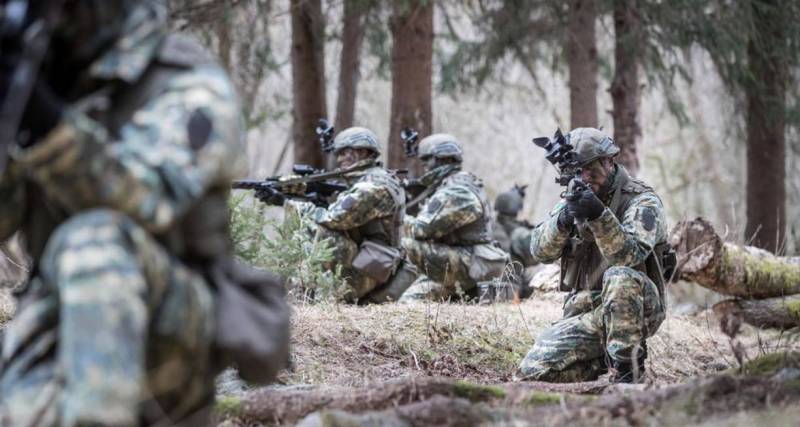

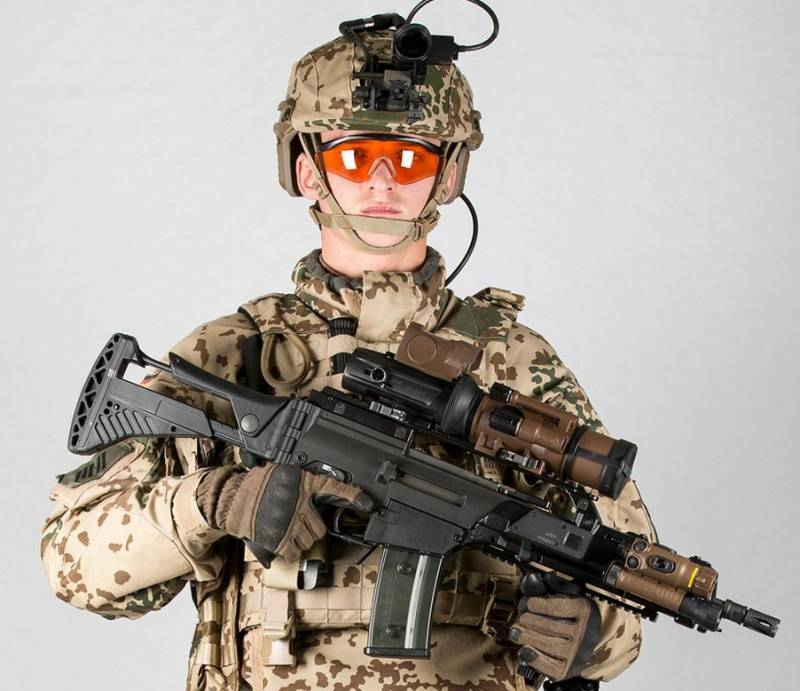
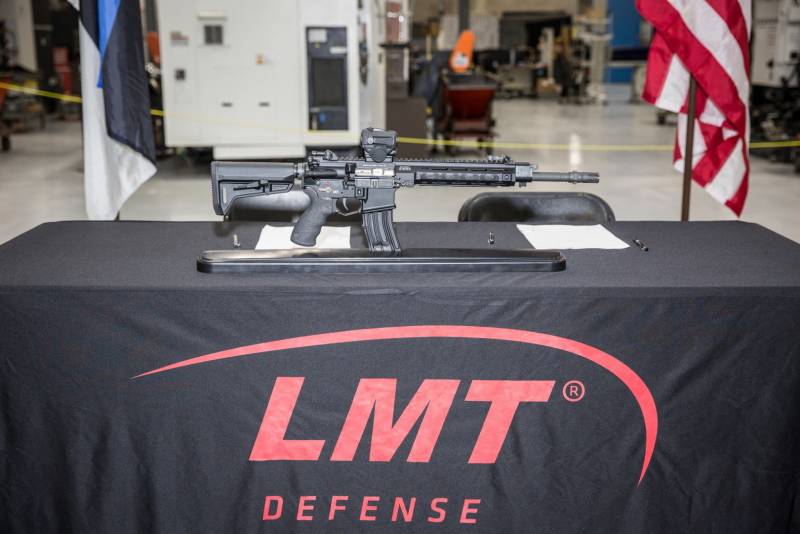
Information